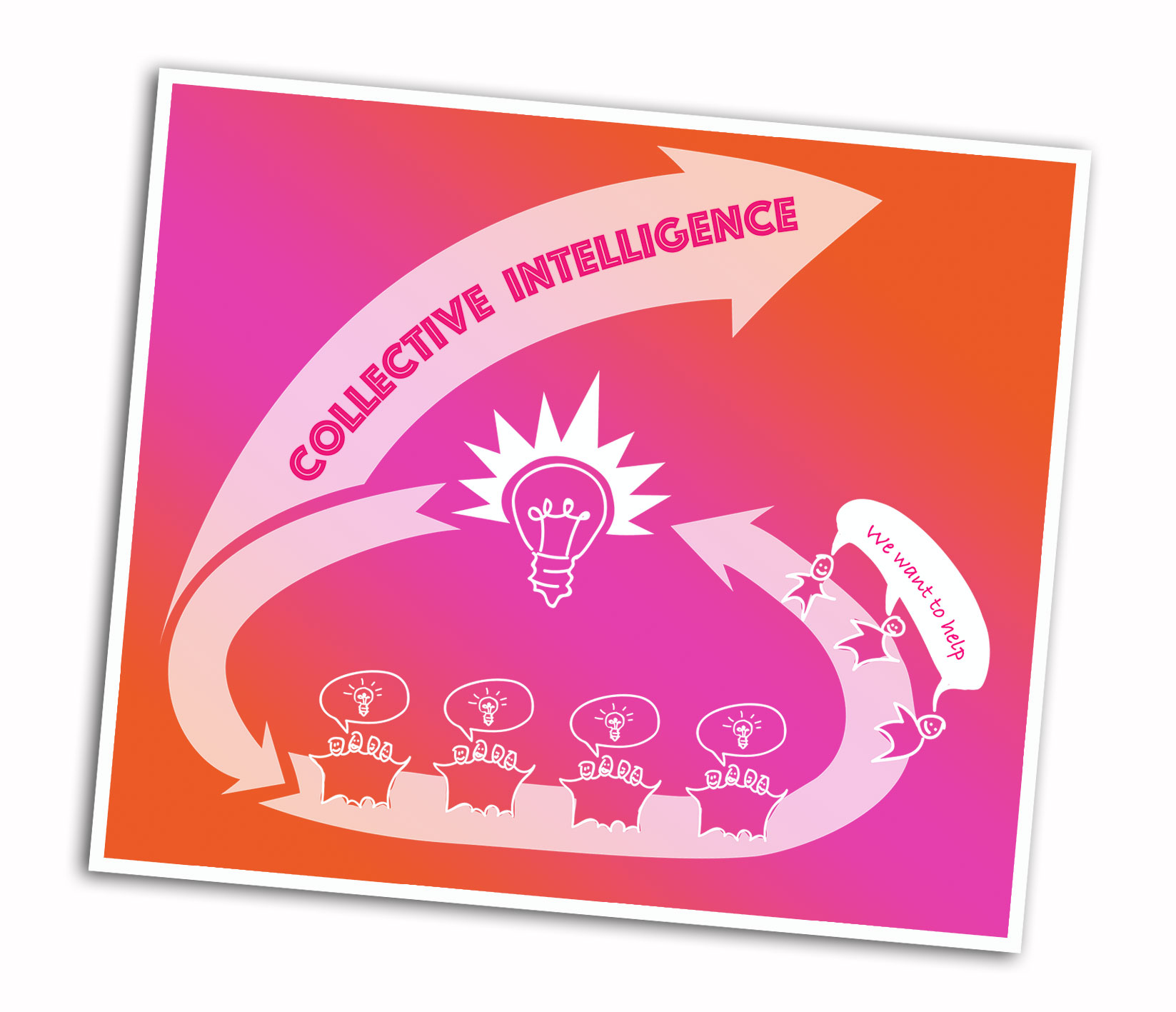By Johan Hjort, Head of Architecture at TRE and Mia Kolmodin, Dandy People
In the IT department of the telecom company 3 of around 200 people, we worked with improvements on team-level and had a forum for improving the whole, but the overall improvements had come to an end after we met our previous change goal. Since we believe in experimentation, we decided to try Objectives and Key Results, OKRs, as a model to set the objectives.

How do you create a change journey that matters? That involves the people in the organization in the why, what and how? That goes beyond the teams for long term agility and continuous improvement? This was something we needed to figure out, and we found a pretty cool way to do it that served us well, perhaps it can inspire you too to try something different.
The use of OKRs started in the ’70s in Intel, in 1999 Google was introduced to OKRs by John Doerr, and it’s still a key in how they run the business.

Before starting the work with the OKRs, we had created a common vision of how it would feel to work with digital services and products at 3 in about 5 years, a description embracing change and innovation, awesome collaboration on all levels, and IT stack that enables business value with short time to market and most important, high customer focus.
Based on the vision all teams in the organization held workshops to identify the current pain points and the areas they thought were most urgent to solve. By starting from the teams, we ensured all people in the organization had the possibility to influence the result, and that the end result should be meaningful to all.

We collected and grouped the input from the teams together with representatives from all teams. Two facilitators, Johan and Mia, took lead on conducting the work in a way that enabled us to collaborate and use collective intelligence in our people. Focusing on the challenges that teams could not solve by themselves and created objectives and key results which we iterated in 4 workshops where different people from the teams and management took part.

Creating objectives and key results that were clearly defined and agreed by everyone was initially harder than expected, but with timeboxed design studio sessions we got all the people in the room to share their ideas and build on the ideas of others. The OKRs gradually improved and together the group made sure it was connected to the goals, prioritized and valuable.


The presentation of the improvement-OKRs was made collectively too, at an all-hands meeting with everyone in IT. The team members who had joined in during the sessions signed up to help explain the OKRs to everyone. We had 4 different Objectives with connected Key Results that we put up in four different stations in a big room, and everyone rotated around and got to ask questions and learn more about them.
With collective intelligence, we managed to create OKRs to take the next step in the awesome improvement journey!

This post is written using collective intelligence too, me and Johan Hjort in collaboration. Thank you, Johan, for great collaboration with both the OKRs and now this 🙂


